May 19 is National Asian and Pacific Islander HIV/AIDS Awareness Day (NAPIHAAD), a day to shed light on the HIV epidemic among Asian, Native Hawaiian, and Pacific Islander Communities. In 2021, approximately 2% (814) of all new HIV diagnoses were among the Asian, Native Hawaiian, and Pacific Islander Communities. Most of these new diagnoses are among Asian men.
HIV prevalence among Asian people is concentrated in certain regions of the U.S. In 2021, HIV prevalence among Asian people was the highest in the Western regions of the U.S., and the two states with the highest Asian HIV prevalence were California and New York. In addition,
- Between 2017 and 2021, HIV diagnoses in the Asian community decreased by 19%, while HIV diagnoses in the Native Hawaiian and Pacific Islander community increased by 65%.
- 89% of Asian people living with HIV in 2021 knew their status, while 81% of Native Hawaiian and Pacific Islanders living with HIV knew their status.
- Asian people had the lowest testing rates among all races/ethnicities in 2021. Only 22% of Asian people in the U.S. had tested for HIV at least once in their lifetime, compared to 35% of Native Hawaiians and Pacific Islanders, and 35% nationally.
- In 2021, 70% of Asian people diagnosed with HIV were virally suppressed. 63% of Native Hawaiians and Pacific Islanders diagnosed with HIV were virally suppressed.
There are many barriers that lead to negative HIV-related outcomes for Asian, Native Hawaiian, and Pacific Islander Americans. According to the 2021 American Community Survey (5-Year Estimates), 10.3% of Asians and 16.7% of Native Hawaiians/Pacific Islanders live below the federal poverty level, and 6.3% of Asians and 11.2% of Native Hawaiians/Pacific Islanders don’t have health coverage. These social determinants of health can make it more difficult to access HIV prevention, testing, and care resources.
This NAPIHAAD, it is up to us to spread awareness about the health disparities experienced by Asians, Native Hawaiians and Pacific Islanders while we all work towards eliminating the HIV epidemic among these communities.
#NAPIHAAD
Explore our Resources
AIDSVu’s infographics are meant to encourage new ways of visualizing the HIV epidemic among AAPI communities. Share them on social, print them out as one-pagers, and add them to your presentations.
Infographic
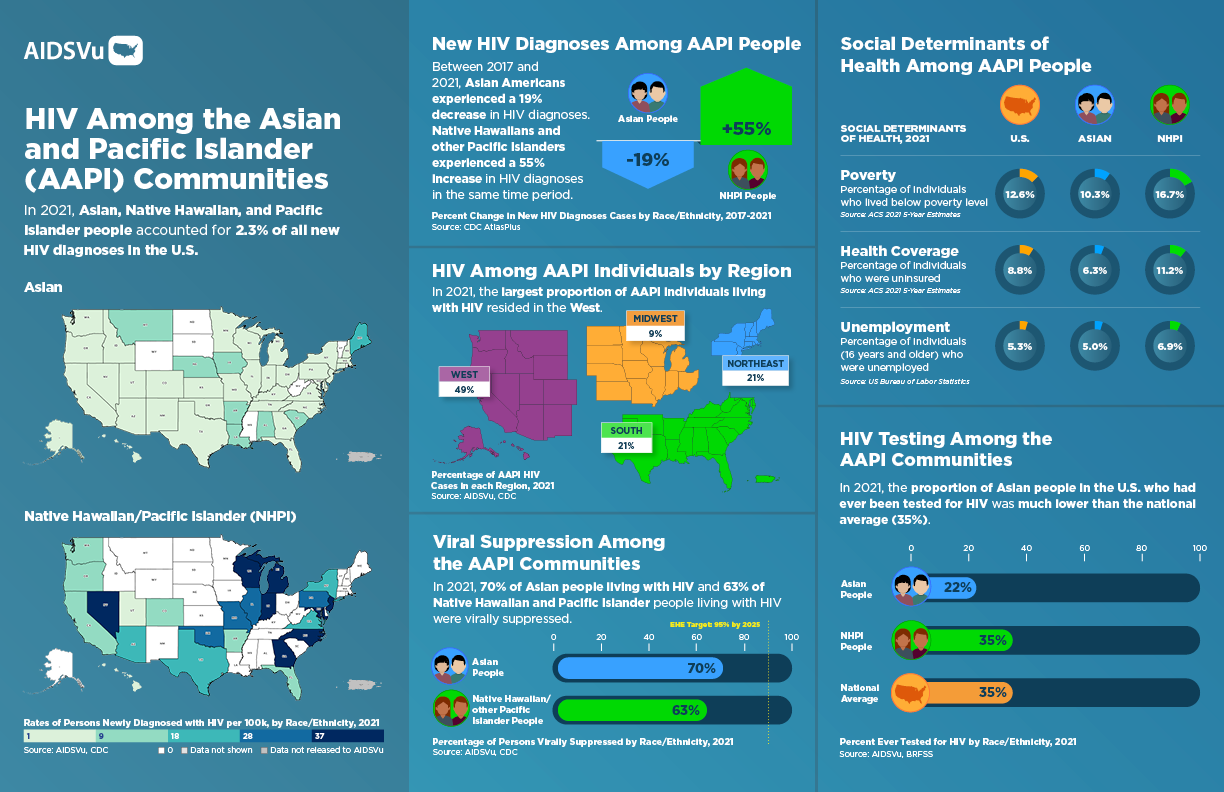
Update your email signature for NAPIHAAD 2024 with our graphics.

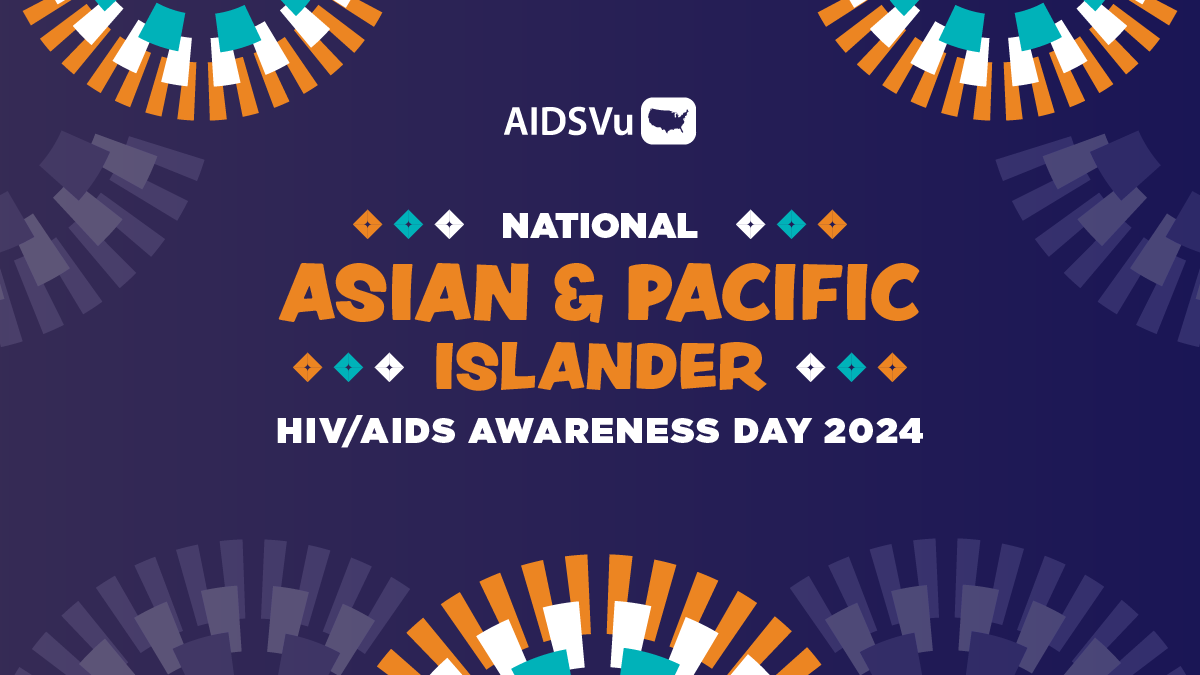
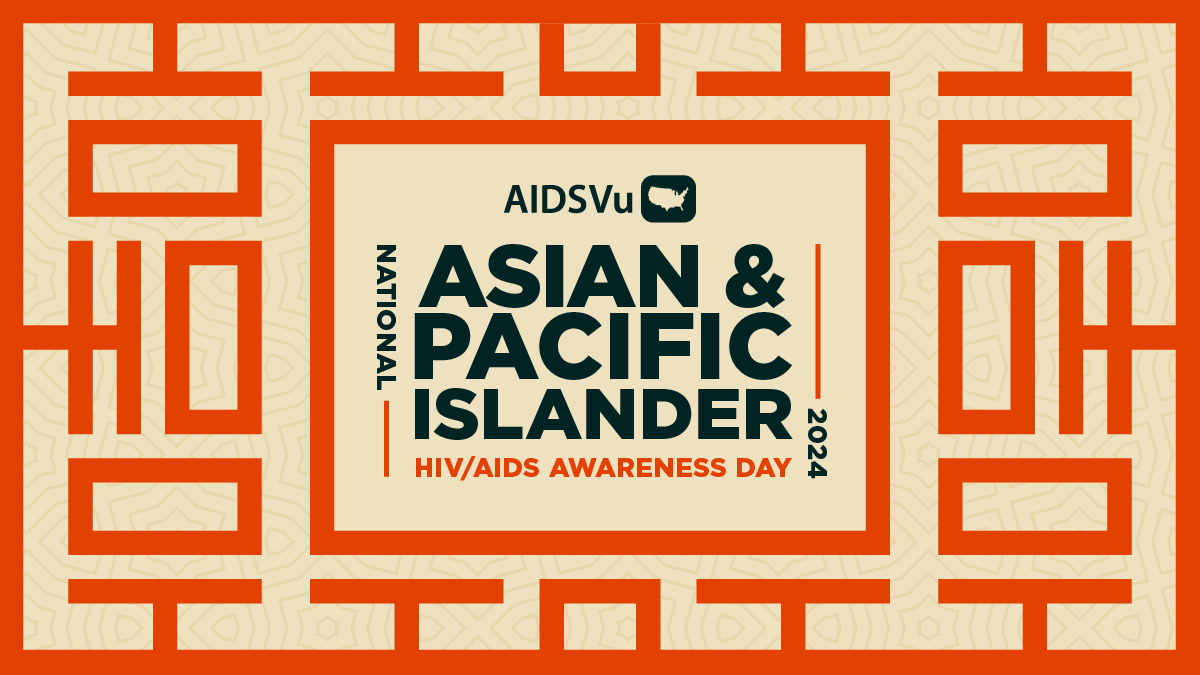
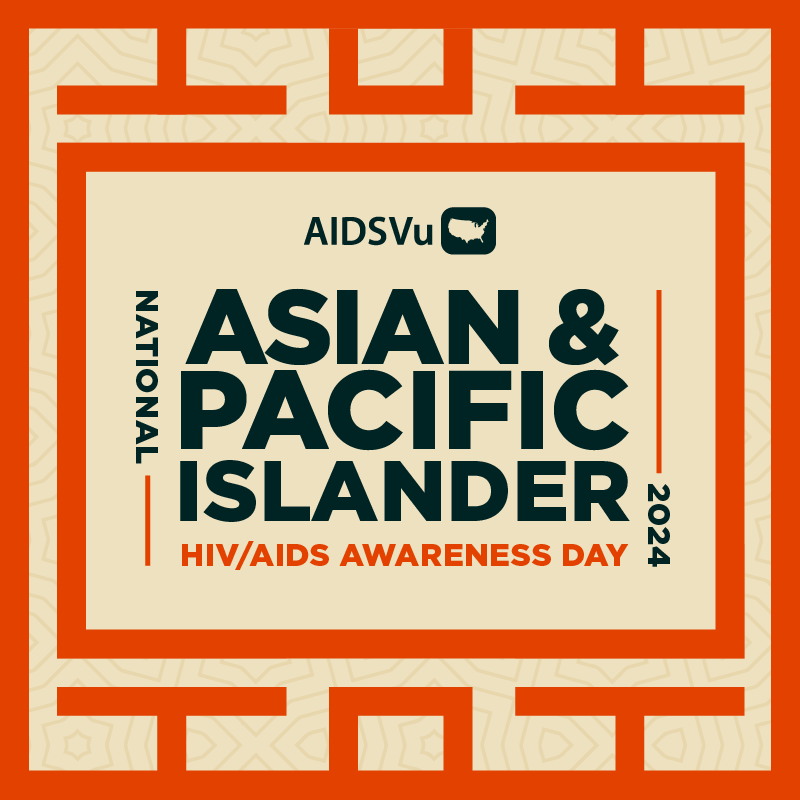
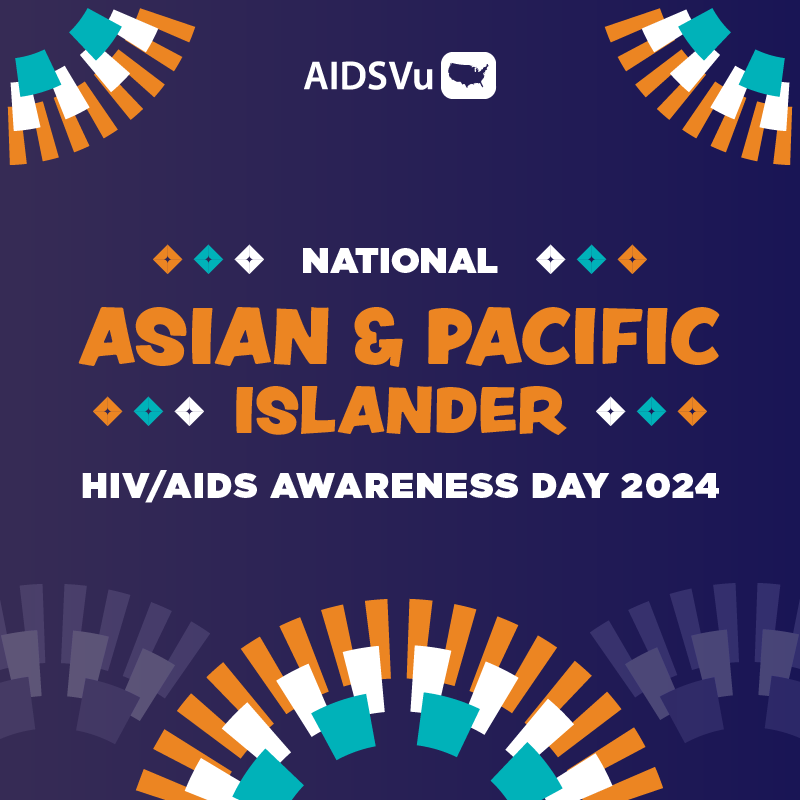
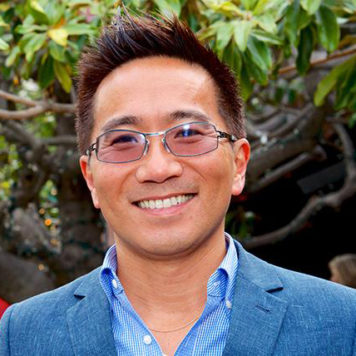
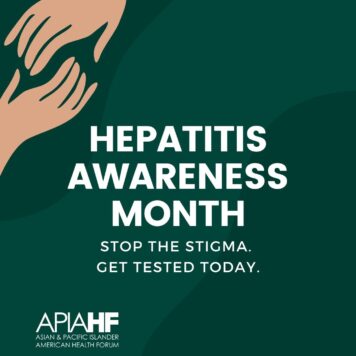
Share these social media posts and infographics on LinkedIn, X, and Facebook with #NAPIHAAD to help spark conversations about HIV among AAPI communities.
Post 1
May 19 is National Asian & Pacific Islander HIV/AIDS Awareness Day. #NAPIHAAD is an opportunity to shed light on the #HIV epidemic among Asian, Native Hawaiian, and Pacific Islander Communities. (Insert link to toolkit)
Post 2
#DYK? In 2021, #HIV prevalence among Asian people was the highest in Western regions of the United States. Learn more about HIV among the Asian and Native Hawaiian/Pacific Islander community here: (Insert toolkit link)
Post 3
In 2021, Asian people had the lowest #HIV testing rate among all races/ethnicities. This #NAPIHAAD, learn more about testing disparities with our Deeper Look on testing: https://aidsvu.org/resources/deeper-look-hiv-testing/
Post 4
This #NAPIHAAD, lets spread awareness about the health disparities experienced by the Asian and Native Hawaiian/Pacific Islander community as we work to end the #HIV epidemic. (Insert link to toolkit)
Post 5
Approximately 2% of all #HIV diagnoses in 2021 were among Asian, Native Hawaiian, and Pacific Islander communities. On #NAPIHAAD, use @AIDSVu’s service locator and find testing near you: https://aidsvu.org/services/#/testing